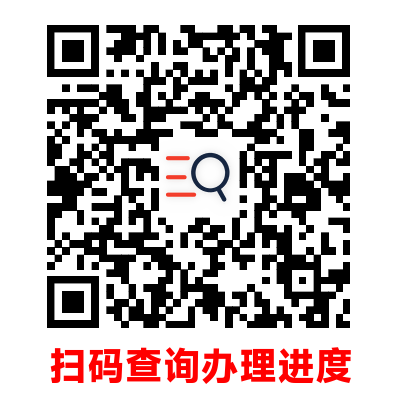Shielded Ethernet cables are a crucial component of network infrastructure, providing a reliable and secure connection for data transmission. The gauge of the cable, also known as its conductor thickness, plays a significant role in determining the cable\'s performance and ability to withstand interference. This article delves into the intricacies of shielded Ethernet cable gauge, exploring its impact on signal integrity, interference mitigation, and overall network performance.

Understanding Cable Gauge
Cable gauge, denoted by numbers ranging from 24 to 8 (24 being the thinnest and 8 being the thickest), represents the cross-sectional area of the copper conductors within the cable. A larger gauge indicates a thicker conductor, which translates to lower resistance and higher current-carrying capacity.
Impact on Signal Integrity
Signal integrity refers to the ability of the cable to transmit data signals without distortion or loss. In the context of Ethernet cables, gauge plays a pivotal role in maintaining signal integrity, particularly over longer distances and at higher data rates.
Thicker conductors (lower gauge numbers) exhibit lower resistance, which minimizes signal attenuation, the weakening of the signal as it travels through the cable. This is particularly important for high-speed data transmission, where even slight attenuation can lead to data errors and impaired network performance.
Mitigation of Interference
Shielded Ethernet cables are designed to protect against electromagnetic interference (EMI) and radio frequency interference (RFI), which can disrupt data signals and cause network instability. The effectiveness of the shielding in mitigating interference is influenced by the cable gauge.
A thicker shield, typically associated with lower gauge cables, provides better protection against EMI and RFI. This is because a thicker shield offers lower impedance, allowing it to more effectively divert and dissipate interference away from the inner conductors.
Considerations for Selecting Cable Gauge
When selecting a shielded Ethernet cable, considering the appropriate gauge is essential for ensuring optimal performance and interference mitigation. Factors to consider include:
-
Cable Length: For longer cable runs, a lower gauge cable is recommended to minimize signal attenuation.
-
Data Rate: For high-speed data transmission, a lower gauge cable is preferred to support the higher bandwidth requirements.
-
Interference Levels: In environments with high levels of EMI or RFI, a lower gauge cable with a thicker shield is advisable.
Conclusion
Shielded Ethernet cable gauge plays a critical role in ensuring reliable data transmission and network stability. By understanding the impact of gauge on signal integrity, interference mitigation, and overall performance, network administrators can make informed decisions when selecting cables for their specific applications.






